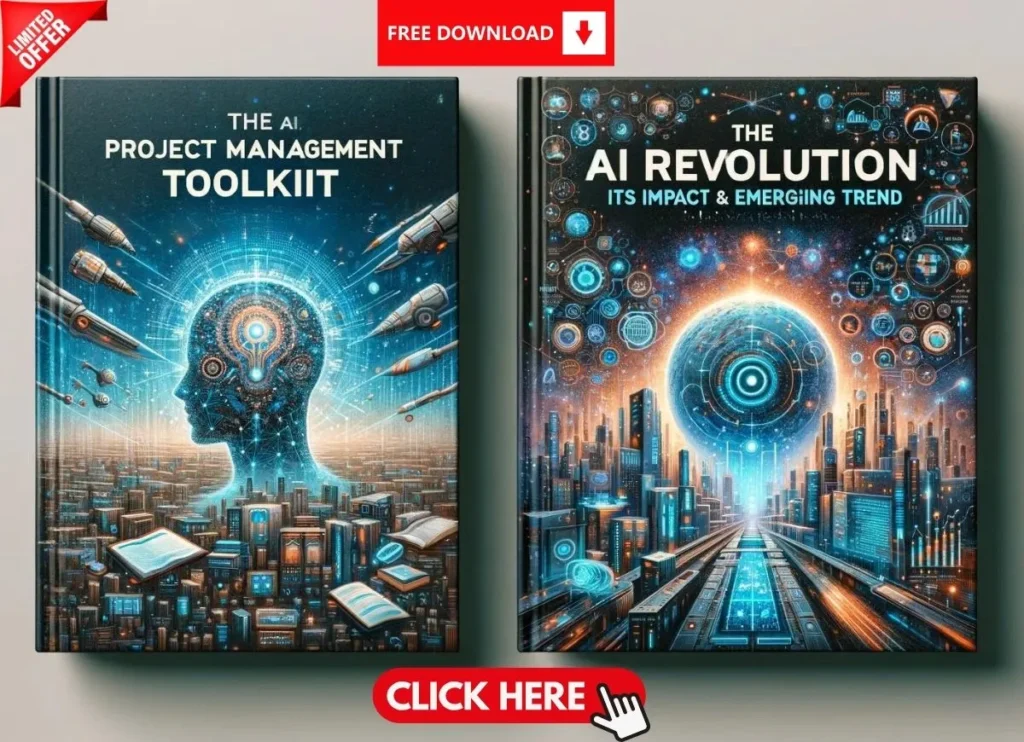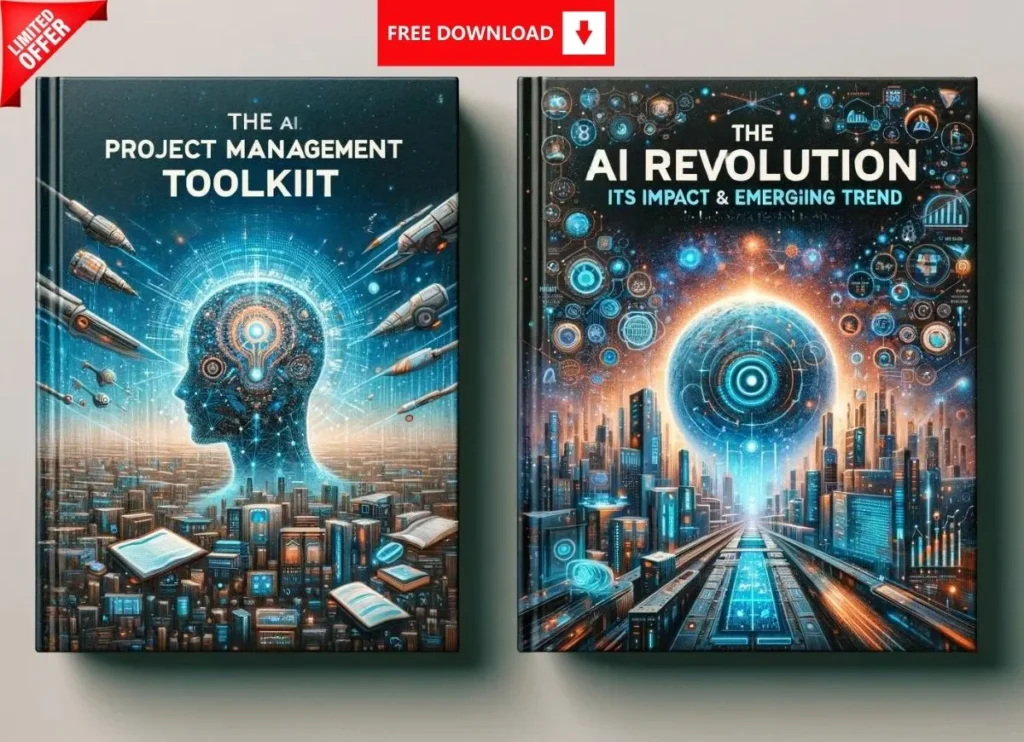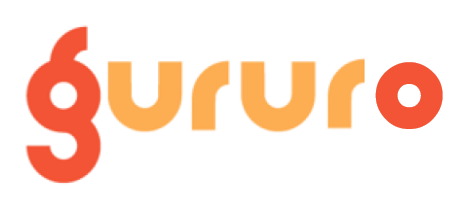Introduction
Did you know that 65% of newly certified PMPs feel unprepared to apply their exam knowledge in real-world scenarios? Passing the PMP exam is a career-defining milestone, but transitioning from theoretical mastery to practical execution can be daunting—especially for professionals with 8-30 years of experience stepping into project management roles. One common hurdle? Understanding and adapting predictive project management documents when online templates vary widely in quality and relevance.
If you’re a seasoned professional looking to bridge this gap, you’re in the right place. This guide is designed for PMP holders ready to move beyond the exam and excel in predictive (Waterfall) environments. You’ll learn which project management templates are essential, where to find high-quality free resources, and how to tailor them for real-world success. Here’s a quick tip to start: Pick one document (like the Project Charter) and draft a sample this week. Let’s turn your certification into actionable expertise!
Why Predictive Project Documents Differ Across Contexts
Factors Driving Variability
- Industry Nuances: IT projects demand detailed technical specs, while construction prioritizes schedules and safety plans.
- Organizational Maturity: Startups may use lightweight docs, whereas enterprises require formal, detailed records.
- Methodology Influence: Predictive (Waterfall) docs emphasize upfront planning, unlike Agile’s iterative approach.
- Stakeholder Expectations: Clients or leadership may dictate specific formats or levels of detail.
Adapting to Your Environment
The key isn’t finding the “perfect” template—it’s mastering the core components of each document and tailoring them to fit your context. For seasoned pros, this adaptability showcases your ability to align theory with practice.
Expert Tip: Start by mapping your company’s project lifecycle to identify which documents are non-negotiable.
10 Essential Predictive Project Management Documents
Core Documents and Their Purpose
- Project Charter
- Purpose: Authorizes the project and outlines objectives, stakeholders, and scope.
- Key Sections: Business case, goals, constraints, assumptions, milestones.
- Project Management Plan
- Purpose: The roadmap integrating scope, schedule, cost, and risk strategies.
- Key Sections: Subsidiary plans (e.g., risk, quality, communication).
- Work Breakdown Structure (WBS)
- Purpose: Decomposes deliverables into actionable tasks.
- Key Sections: Hierarchical task list, dependencies, milestones.
- Risk Register
- Purpose: Logs risks with impact, probability, and mitigation plans.
- Key Sections: Risk ID, description, response strategy, owner.
- Change Request Log
- Purpose: Tracks scope, budget, or schedule adjustments.
- Key Sections: Change details, justification, impact, status.
- Requirements Document
- Purpose: Defines stakeholder needs and project deliverables.
- Key Sections: Functional/non-functional requirements, acceptance criteria.
- Project Schedule
- Purpose: Details timelines, tasks, and resource assignments.
- Key Sections: Gantt chart, critical path, milestones.
- Cost Baseline
- Purpose: Establishes the approved budget for tracking.
- Key Sections: Cost estimates, contingencies, funding sources.
- Stakeholder Register
- Purpose: Identifies stakeholders and their influence/interest.
- Key Sections: Name, role, expectations, communication needs.
- Quality Management Plan
- Purpose: Outlines standards and quality control processes.
- Key Sections: Metrics, audit plans, deliverables checklist.
Pro Tips for Customization
- Align documents with PMI standards but tweak for industry norms.
- Use visuals (e.g., WBS diagrams) to enhance clarity for stakeholders.
- Keep sections concise—focus on actionable info over fluff.
Success Story: A construction PM reduced stakeholder and predictive project management documents disputes by 20% with a clear, tailored Project Charter.
Where to Source Free, High-Quality Project Templates
Top Resources for PMs
- PMI (Project Management Institute): Offers PMI-aligned templates (e.g., charters, risk registers).
- Smartsheet: Free, downloadable docs with built-in customization options.
- ExcelTemplates.net: Simple Excel-based templates for schedules and WBS.
- Template.net: Diverse formats for charters, plans, and logs.
- ProjectManagement.com: Community-driven templates from practicing PMs.
Evaluating Template Quality
- Completeness: Does it include all key sections?
- Relevance: Matches predictive methodology and your industry?
- Flexibility: Easy to adapt without losing structure?
Expert Tip: Download 3-5 templates per document type and merge the best elements into a custom version.
How to Apply Templates in Real-World Projects
Best Practices for Effective Use
- Clarify Purpose: Understand each document’s role before editing.
- Tailor to Context: Adjust fields to match project size, team, or client needs.
- Ensure Consistency: Link WBS tasks to the schedule and budget.
- Keep Dynamic: Update docs regularly as projects evolve.
- Leverage Tools: Use software (e.g., MS Project, Jira) for tracking and collaboration.
Avoiding Common Pitfalls
- Overcomplication: Don’t overload docs with unnecessary detail.
- Static Mindset: Treat templates as living tools, not one-and-done forms.
- Misalignment: Ensure docs reflect stakeholder-approved plans.
Expert Tip: Build a sample portfolio of tailored docs to showcase in interviews—hiring managers love practical examples.
Case Study: From PMP to Practice with Predictive Documents
The Challenge and Solution
A newly certified PMP predictive project management documents with 15 years in operations took a PM role at an IT firm. Struggling with inconsistent online templates, they felt overwhelmed applying predictive concepts. Their solution:
- Compared templates from PMI and Smartsheet.
- Built a mock IT project plan, including a charter, WBS, and risk register.
- Sought feedback via PMI forums and LinkedIn PM groups.
Results and Lessons Learned
- Skill Boost: Gained confidence tailoring predictive project management documents.
- Interview Edge: Impressed a hiring manager with a sample plan, landing the role.
- Practical Readiness: Cut onboarding time by 30% due to hands-on prep.
Key Takeaway: Practice with real templates bridges the gap between PMP theory and execution.
Conclusion: From PMP Certification to Real-World Success
Earning your PMP certification is an incredible milestone, but it’s just the beginning. The real challenge lies in applying your knowledge to actual projects—and predictive project management documents are at the heart of that transition. Whether you’re stepping into project management for the first time or refining your approach after years in an operational role, mastering these documents will set you apart as a leader who delivers clarity, control, and efficiency.
Bridging the Gap: From Templates to Tailored Solutions
The biggest mistake new PMPs make is treating templates as rigid, one-size-fits-all solutions. Successful project managers know that templates are starting points—not final products. To maximize their impact:
✅ Select High-Quality Templates from Trusted Sources
PMI, Smartsheet, and ProjectManagement.com offer tested, standardized templates that align with best practices.
✅ Customize to Fit Your Industry & Organization
No two companies use identical formats. Modify key sections based on industry norms and company expectations.
✅ Integrate Across Project Phases
For example, link your WBS to your project schedule so that every task translates into actionable deadlines and resource allocations.
✅ Keep Documents Dynamic & Collaborative
Leverage tools like Microsoft Project, Smartsheet, or Jira to keep documents up to date. Static documents quickly become obsolete.
✅ Practice with Mock Projects
Before applying in real scenarios, create a sample project plan using three key documents—a Project Charter, WBS, and Risk Register—to sharpen your ability to adapt theory to practice.
The Cost of Overlooking Documentation
Failing to master predictive project management documents can lead to:
❌ Unclear Project Goals: Stakeholders operate with different expectations, leading to confusion and scope creep.
❌ Missed Deadlines & Budget Overruns: Without a solid Cost Baseline or Project Schedule, teams struggle to stay on track.
❌ Increased Risks & Last-Minute Firefighting: A lack of proactive risk management results in avoidable crises.
❌ Reduced Stakeholder Confidence: When reporting lacks structure, leadership may lose trust in your ability to manage projects effectively.
A real-world example: A newly certified PMP in an IT firm struggled to organize project details due to inconsistent templates. By systematically selecting, customizing, and integrating predictive project documents, they streamlined reporting, cut onboarding time by 30%, and secured leadership buy-in for more structured project planning.
Next Steps: Elevate Your PMP Expertise Today
To move from theory to execution, commit to these actionable next steps:
📌 Step 1: Download Templates for 3 Key Documents – Choose a Project Charter, WBS, and Risk Register from PMI or Smartsheet and review their key sections.
📌 Step 2: Build a Sample Project Plan – Apply the templates to a mock project scenario in your industry to get hands-on experience.
📌 Step 3: Join a PM Community for Feedback – Engage with PMI forums or LinkedIn PM groups to compare notes, get insights, and refine your approach.
📌 Step 4: Use These Documents in Interviews or Current Projects – Hiring managers value practical examples of project management expertise—use these documents to showcase your skills.
📌 Step 5: Refine & Repeat – As you gain experience, continuously refine your approach to tailoring, integrating, and applying predictive project management documents effectively.
Mastering these documents doesn’t just make you a better project manager—it makes you an indispensable asset to any organization. Take action today, and turn your PMP certification into real-world impact!
If you have more questions about PMP certification, check out our PMP Certification FAQ, where we answer the most commonly asked queries to help you navigate your certification journey with confidence!








